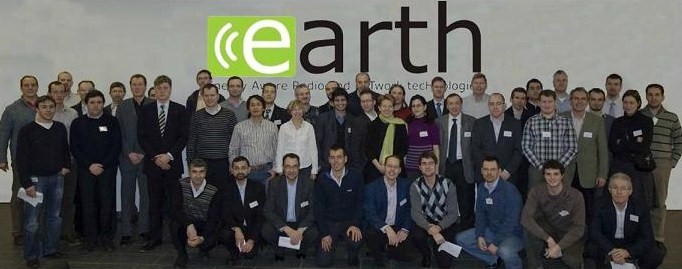
In coming years, internet access will be dominated by wireless devices such as mobile phones and tablets.
Today there are 1.2 billion mobile broadband users, and the figure is growing by hundreds of millions each year. Mobile video and other data services consume much more energy than calls and SMS.
This creates additional costs for mobile operators – ultimately passed onto consumers – and means the carbon footprint of mobile communications could almost triple from 2007 to 2020, an increase equivalent to the annual carbon emissions of Luxembourg.
The EU-funded project EARTH has received the 2012 “Future Internet Award” prize for developing unprecedented energy efficiency solutions for wireless communication networks. Researchers from companies such as Alcatel-Lucent, Ericsson, Telecom Italia, DOCOMO, and from universities in Belgium, France, Finland, Germany, Hungary, Italy, Portugal, Spain, Sweden and UK, have optimized the energy use of 4G/LTE (Long-Term Evolution) base stations, which account for the highest energy consumption in the mobile network.
European Commission Vice President Neelie Kroes said: “The ICT sector is growing but its carbon footprint should not follow. I congratulate the partners of the EARTH project who have found ways to deliver the services we need while reducing CO2 emissions and cutting down on energy bills.”
Optimizing the energy use of the network will gradually bring down electricity bills for operators and help keep mobile costs affordable, while reducing pollution and carbon emissions. By reducing the power required to operate each mobile base station, it is also expected that these stations could in future be operated reliably by renewable energy, further reducing emissions.
The EARTH project runs until June 2012. Products are expected to be available on the market in 2014. Industrial and SME partners have already started to transfer their results into real products for the multi-billion euro global market for 4G products.
The project received €10 million of its nearly €15 million from the EU. The Digital Agenda for Europe (see IP/10/581, MEMO/10/199 and MEMO/10/200) uses funding from the 7th Framework Programme for Research and Development (FP7) to support innovative ICT solutions.



